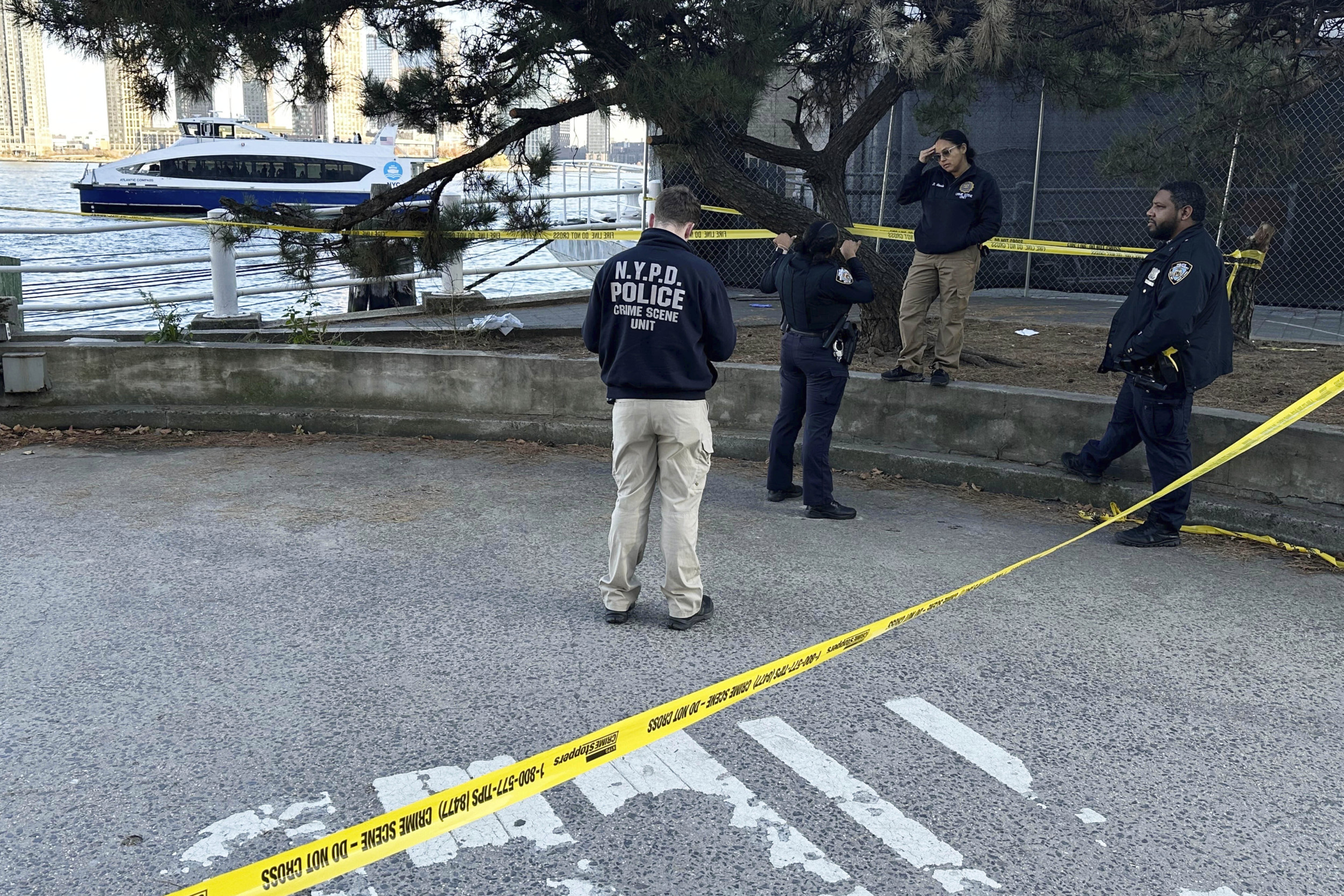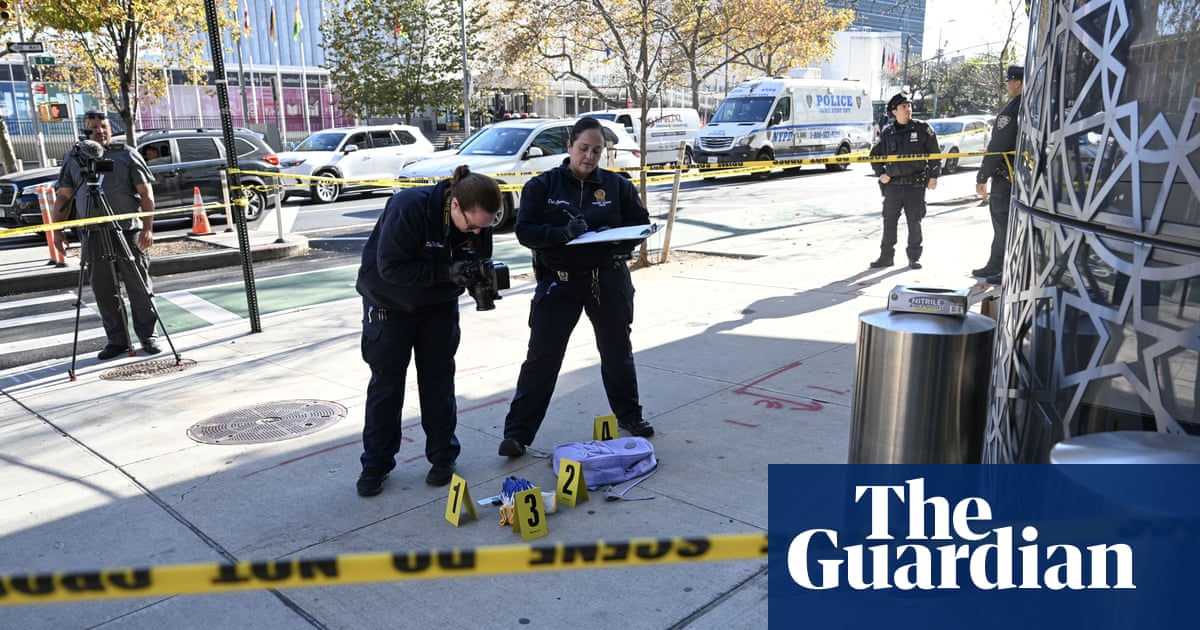Summary:
Thousands of revelers will participate in the annual West Indian American Day Parade in Brooklyn, celebrating Caribbean culture.
The parade, now in its 57th year, will take place on Labor Day and feature vibrant costumes, colorful flags, and live music.
The event spans nearly 2 miles, running from Crown Heights to the Brooklyn Museum.
The parade's roots can be traced back to pre-Lent Carnival celebrations started by a Trinidadian immigrant in Manhattan over a century ago.
The J'Ouvert, a street party held on Monday morning, commemorates freedom from slavery and is a living tradition representing resistance and resilience.
Brooklyn's West Indian American Day Parade: A Celebration of Caribbean Culture
Thousands of revelers will descend upon Eastern Parkway in Brooklyn this Labor Day for the annual West Indian American Day Parade, a vibrant display of Caribbean culture. This year marks the 57th anniversary of this massive event, drawing huge crowds to witness the vibrant costumes, colorful flags, and pulsating soca and reggae music. The parade, spanning almost 2 miles, stretches from Crown Heights to the Brooklyn Museum.
A History of Resistance and Resilience
The parade's roots can be traced back to pre-Lent Carnival celebrations started by a Trinidadian immigrant in Manhattan a century ago. Moved to the warmer season in the 1940s, the event found a home in Brooklyn, where hundreds of thousands of Caribbean immigrants and their descendants have settled.
J'Ouvert: A Morning Ritual of Freedom
The Labor Day parade is the culmination of days of carnival events, including the J'Ouvert, a street party held on Monday morning. This pre-dawn celebration commemorates the freedom from slavery and has a rich history, dating back to 1783 in Trinidad. The J'Ouvert is a living tradition, representing resistance and resilience.








Comments
Join Our Community
Create an account to share your thoughts, engage with others, and be part of our growing community.